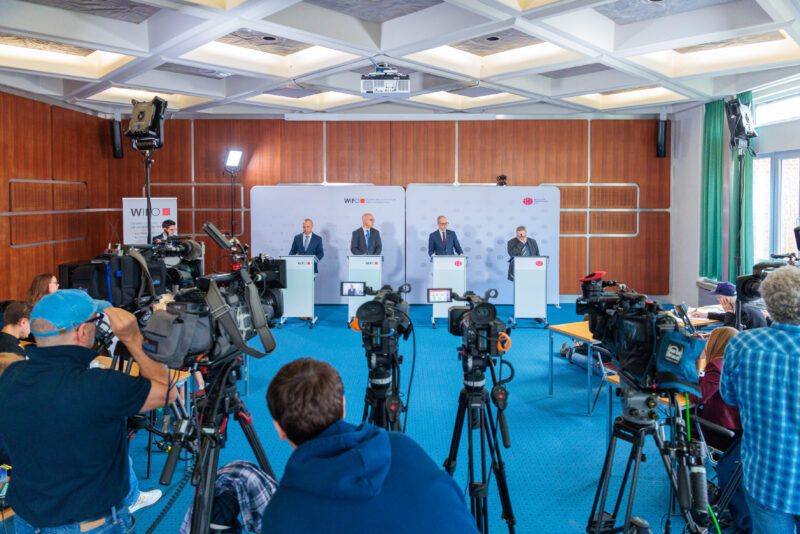
Scenarios for a Reform of Unemployment Benefits
In different scenarios, the effects of a possible reform on the number of recipients, on the level of subsistence benefits and on the budget allocation for unemployment insurance as well as the systems of means-tested minimum benefit (or social assistance) are simulated.
The scenarios were specified by the Ministry of Social Affairs. The analysis is based on a microsimulation model and covers both the change in the number of beneficiaries and the level of benefits, as well as the total expenditure of the proposed system compared to the status quo. The impact of these unemployment benefit variants on the downstream system of social assistance is estimated using a stylised model.
The results show a detailed picture of groups of persons who would be affected positively and negatively by reform variants. In addition to the main adjustment parameters of the unemployment insurance system (eligibility periods, net replacement rates, duration of benefits), additional elements such as the supplementary allowance have a strong impact on the change in entitlements.
Moreover, it is clear that the interaction between unemployment insurance and minimum benefit or social assistance makes it difficult to achieve a degressive structure of the benefits granted during unemployment.
The detailed assessment of the effects of options for structuring unemployment insurance, which is carried out here, offers the opportunity to place political decision-making on a more objective basis.
Publications
- Christoph Badelt
- René Böheim
- Rainer Eppel
- Marian Fink
- Thomas Horvath
- Ulrike Huemer
- Helmut Mahringer
Please contact

























